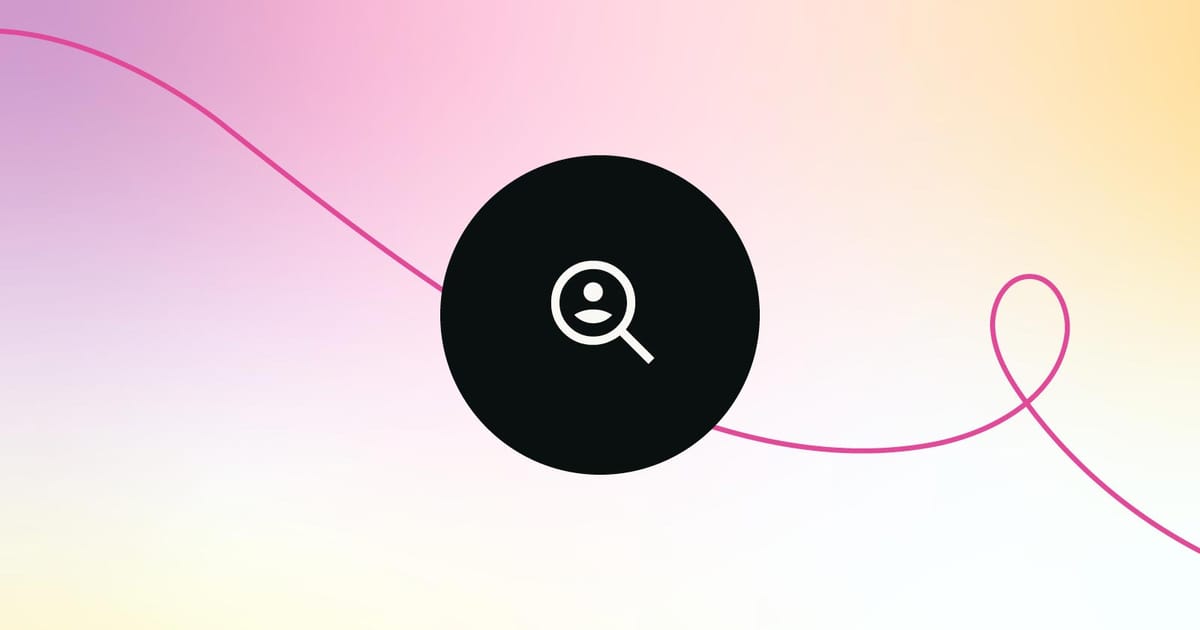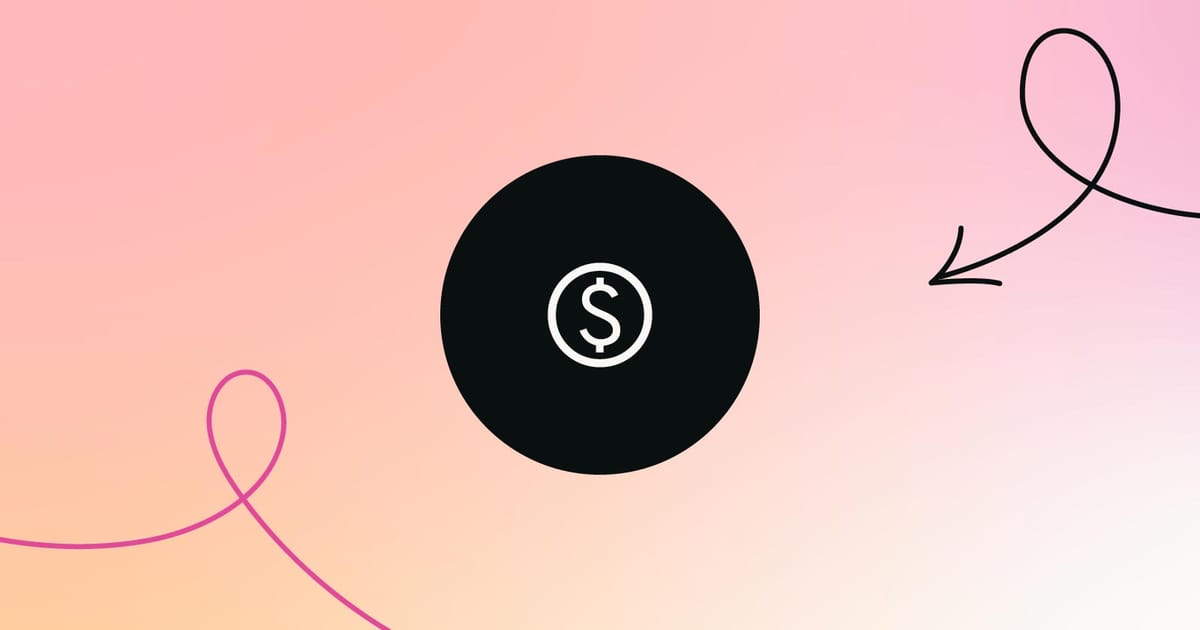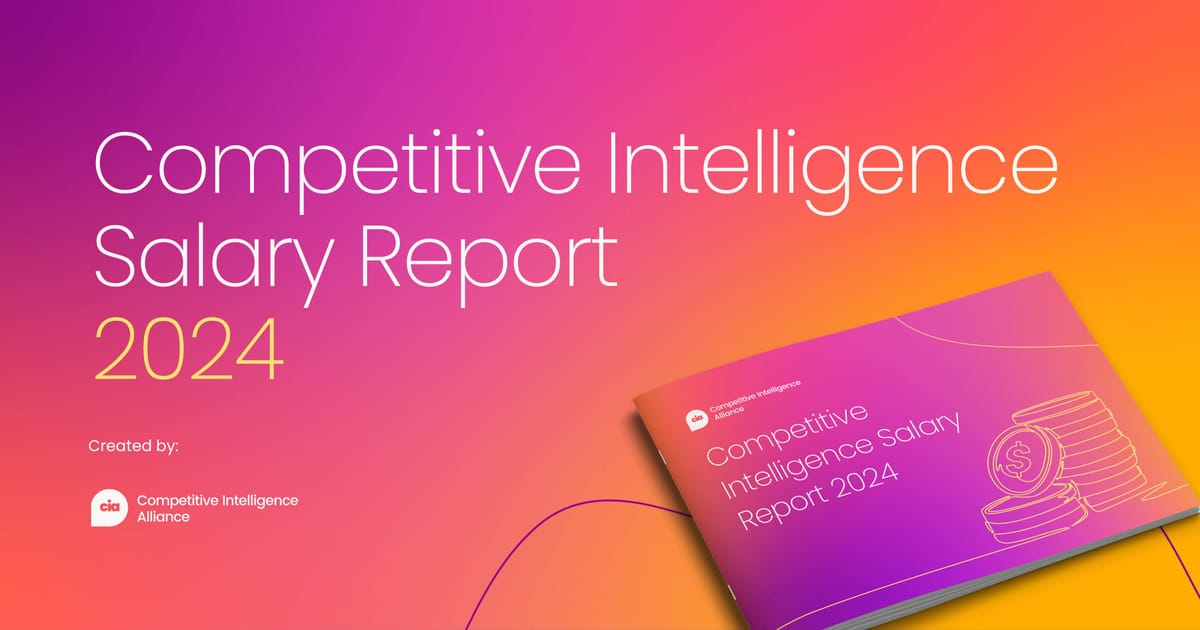Tired of seeing your marketing campaigns miss the mark? You’re putting in the work, crafting your message, but somehow it’s just not connecting with your audience. Sound familiar?
The problem might not be your message – it could be who you’re sending it to.
Enter micro-segmentation, the strategy that lets you laser-focus your marketing efforts and deliver personalized messages to the people who are actually listening.
Ready to find out how to hit the bullseye every time?
Let’s get started.
What is micro-segmentation?
Micro-segmentation is a marketing strategy that takes your customer base and slices it into tiny, hyper-specific groups based on detailed criteria.
That way, instead of shouting your message from a megaphone to a crowd, you're whispering personalized sweet nothings into each customer's ear. That's micro-segmentation in a nutshell.
So, what sets micro-segmentation apart from its older, less refined cousin, segmentation? It's all about the details.

While traditional segmentation (a.k.a. “macro-segmentation”) might group customers by age, location, or income, micro-segmentation goes way deeper. We're talking behavioral patterns, customer journey stages, personal values, specific interests, and even how customers interact with your product.
It's the difference between saying “Hey, millennials!” and “Hey, eco-conscious, cat-loving, remote worker who's addicted to cold brew and true crime podcasts!” – the key to capturing your audience’s attention
Why micro-segmentation matters in modern marketing
Now that we've covered the “what,” let's talk about the “why.” Why should you care about micro-segmentation?
Let’s take a look at the benefits this strategy can unlock for your organization.
Personalized customer experience
You know that friendly neighborhood take-out server who remembers not just your name, but your usual order and the fact that you hate onions? That’s the kind of service that micro-segmentation enables you to deliver – and it can skyrocket customer loyalty faster than you can say “targeted marketing.”
Micro-segmentation allows you to create experiences that feel tailor-made for each customer. In a world where we're all being bombarded with generic ads and one-size-fits-all marketing messages, that level of personalization is like a breath of fresh air.

Increased ROI and conversion rates
Let's talk money, honey.
Micro-segmentation can lead to higher return on investment (ROI) and better conversion rates by targeting niche markets. Instead of spraying messaging into the ether hoping for the best, you're laser-focused on your ideal customers. It's more efficient, more effective, and way more likely to hit your target.
Better adaptability
The market is constantly evolving, and customer preferences can change in the blink of an eye. Micro-segmentation allows you to quickly adapt to market changes by adjusting strategies for specific segments without having to overhaul your entire marketing strategy.
Types of micro-segmentation
Behavioral segmentation
The old saying is true – actions do speak louder than words. That’s why behavioral segmentation is such a vital part of this strategy.
By looking at what your customers do – like their purchasing habits, how they interact with your website, or even how often they open your emails – you can start to predict what they might do next. It’s all about spotting those little tells that can clue you in on how to keep them coming back for more.
The best part? You can tailor your messaging to fit their specific behaviors, making your marketing feel like it was made just for them (because it was).

Customer journey segmentation
Now let’s dive into the customer journey and how micro-segmentation fits in at every stage, starting with awareness.
Awareness stage
First-time visitors are just becoming aware of your brand – maybe they stumbled upon you through a Google search, saw an ad on social media, or heard about you from a friend.
Then you’ve got cold leads. These are folks who’ve interacted with your brand but haven’t shown strong interest yet. They’re aware you exist, but they’re not sold – yet.
Consideration stage
Next up, the consideration stage. Here, you’ve got engaged visitors who are actively researching and considering your product or service. They’re the ones downloading whitepapers, signing up for webinars, or browsing your product pages like it’s their new hobby.
Then there are prospective buyers. These are the people who’ve shown strong interest – they’ve added items to their cart, signed up for a demo, or reached out to your sales team. At this stage, they’re weighing their options and sizing you up against the competition.
Decision stage
When we hit the decision stage, we’re dealing with ready-to-buy customers. These are the folks who are right on the edge of making a purchase. They’ve completed a trial, asked for pricing, or had a chat with your sales team.
But let’s not forget about cart abandoners – those almost-customers who were this close to buying but didn’t. They’re not lost causes; they just need a gentle nudge to complete their purchase.
Purchase stage
Then we move on to the purchase stage. New customers have just made their first purchase – yay! This is a critical moment to build loyalty and make sure they have a stellar post-purchase experience.
And then there are your repeat customers. They’ve bought from you before, they know the drill, and with the right engagement, they’ll probably buy again.

Post-purchase stage
The buyer journey doesn’t end once a customer has bought from you. In fact, if you play your cards right, this could be the beginning of a beautiful relationship.
In the post-purchase stage, you’ll want to keep an eye out for loyal customers – repeat buyers who love your brand. They’re your bread and butter, so keeping them engaged is key. You want to turn these folks into brand ambassadors.
Don’t forget about your inactive customers either – the ones who haven’t bought anything in a while. A well-timed re-engagement campaign might be just what they need to come back into the fold.
Advocacy stage
Finally, we arrive at the advocacy stage. Brand advocates are your biggest fans. They’re out there promoting your brand through reviews, social media, and good old-fashioned word of mouth.
And then there are the customer feedback providers. These customers love giving feedback, and their insights can help you improve your products and services. Treat them well, and they’ll keep coming back for more.
Demographic segmentation
While micro-segmentation goes much deeper than traditional segmentation, you can’t ignore the classics. Demographics – things like age, gender, income, and education – still play a crucial role in this strategy.
Firmographic segmentation
If you’re in B2B, you can’t afford to ignore this type of segmentation. It’s all about understanding the kinds of companies your customers work for.
Are they in a teeny-weeny startup or a honkin’-chonkin’ enterprise? What sector are they in? Do they work for a private company, a public company, an NGO, or a governmental organization? It’s vital to answer these questions so you can show your customers the products and features that will best meet their needs.
Geographic segmentation
Different regions often have different preferences, and recognizing these can help you tailor your approach, so don’t forget to check where your customers are. Geographic segments can span entire countries or be hyper-targeted on specific neighborhoods.

Lifestyle segmentation
Depending on the type of product you offer, it may also be worthwhile to consider your customers’ lifestyles. Do they love to travel? Are they obsessed with fashion? Can they not wait to get their hands on the latest gadget?
All this intel will help you tap into their interests and make sure you’re speaking to your customers in a language that resonates.
Occasion-based segmentation
A great way to add a personal touch to your messaging and offers is to tie them to special moments in your customers’ lives. So, if possible, take note of their birthdays, anniversaries, and any other occasions they celebrate. From there, you can send out emails and in-app notifications that let them know you care.
Psychographic segmentation
If you want to get really fancy, you’ll also need to consider psychographics. This is where you delve into the mindset of your audience. What are their values? What are their interests? What are their priorities?
Psychographics give you a richer, more nuanced picture of your customers, allowing you to connect with them on a deeper level. It’s not just about knowing who they are; it’s about understanding what makes them tick.
Technographic segmentation
Finally, there’s technographic segmentation. This one’s about understanding the devices and platforms your customers are using. Are they iPhone lovers or Android aficionados? Are they glued to social media, or are they more into emails? Knowing this helps you deliver your marketing on the platforms they’re most likely to engage with.
How to get started with micro-segmentation
So, you’re ready to implement micro-segmentation and start targeting your customers like a pro. Awesome! But before you start slicing and dicing your audience, let’s walk through the steps to get it right.
Here’s your seven-step guide to getting started with micro-segmentation:
Step one: Establish broader segments
First things first, you’ll want to set up some broader segments, along classic macro-segmentation lines. Think of this as the foundation of your micro-segmentation strategy.
Start by grouping your customers based on big-picture criteria like demographics, geography, or product categories. This step helps you see the lay of the land and gives you a solid framework to build on.
Step two: Collect and analyze data
Next up, it’s time to gather customer data – lots of it. You’ll want to pull in information from everywhere you can: transaction histories, website behavior, customer surveys, and especially your CRM.
But don’t just gather data – analyze it. The goal is to identify patterns, behaviors, and common traits that’ll help you define more specific micro-segments, as outlined above.

Step three: Define your micro-segments
Now comes the fun part: defining your micro-segments. Using all the juicy insights you’ve gathered from your data, start narrowing down those broader segments into smaller, more specific groups. These micro-segments should be laser-focused, based on shared characteristics like purchasing behavior, engagement levels, and psychographics.
You can use AI tools or even a good old-fashioned manual analysis to really fine-tune these segments. The more precise, the better!
Step four: Develop personas for each micro-segment
Once you’ve got your micro-segments, it’s time to bring them to life with personas. For each micro-segment, create a detailed customer persona that represents the typical customer in that little group.
These personas will help you tailor your marketing strategies to the unique needs of each segment, making your campaigns feel personal and relevant.
Step five: Build and implement targeted campaigns
With your personas in hand, you’re ready to build and launch targeted campaigns that speak directly to each micro-segment’s specific needs and preferences.
This is where marketing automation tools become your best friend. Use them to deliver personalized content, offers, and messages to each micro-segment. You’ll want to set up automated workflows, dynamic content, and behavioral triggers to ensure that the right message reaches the right people at the right time.
Step six: Test, monitor, and optimize
While it can be tempting to set it and forget it, don’t! Micro-segmentation is all about continuous improvement. You’ll need to keep an eye on your campaigns and run some A/B tests to see what works best.
It’s essential to monitor key metrics like open rates, click-through rates, and conversion rates for each micro-segment. You can then use these insights to tweak your segmentation criteria and adjust your marketing strategies. The goal is to keep refining until your campaigns are hitting all the right notes.
Step seven: Iterate and refine
Here’s the thing about micro-segmentation: it’s never really done. It’s an ongoing process that requires regular updates and adjustments.
Keep revisiting and refining your segments, personas, and marketing strategies based on new data, changing customer behaviors, and market trends. By iterating and refining, you’ll ensure your micro-segmentation strategy stays sharp, effective, and responsive to your customers’ evolving needs.
Key takeaways
Micro-segmentation is your ticket to more effective, personalized marketing that truly resonates with your audience. By breaking down your customer base into smaller, more focused groups, you can deliver messages that feel like they were made just for them.
Ready to take your marketing strategy to the next level? Here are the key points to remember:
🔍 Data is your best friend: Collect and analyze data to uncover insights that will help you define precise micro-segments.
✨ Personalization is power: The more specific your segments, the more personalized your messaging can be.
🎯 Targeted campaigns win: Tailor your marketing efforts to each micro-segment for better engagement and conversion rates.
🔄 Test, tweak, repeat: Continuously monitor and optimize your campaigns to keep improving the results.
🚀 Never stop refining: Micro-segmentation is an ongoing process – keep revisiting and refining your segments to stay ahead of the game.
If you're a competitive intel professional wondering if your earnings are in line with your workload, you can now find out how much other CIs are paid in our Competitive Intelligence Salary Report.






.png?v=0501614a4a)